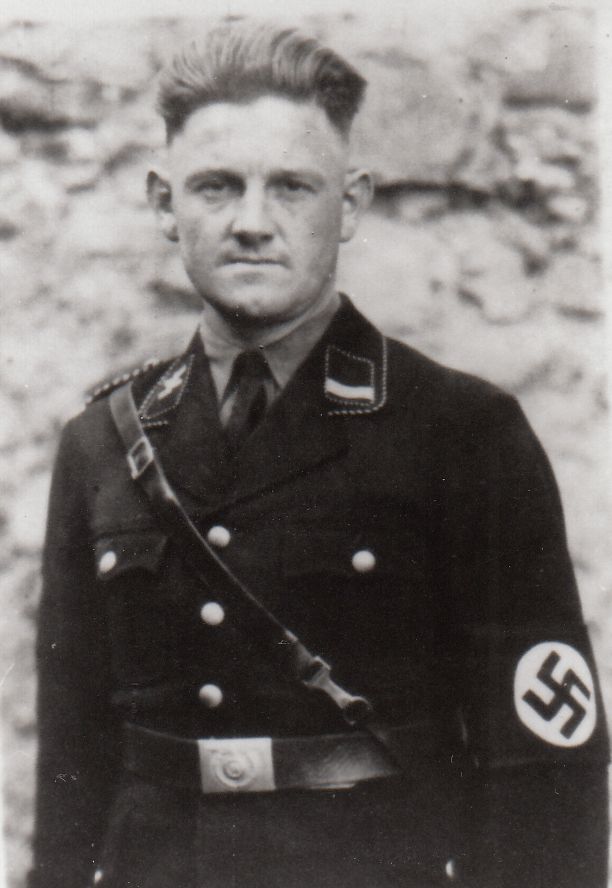BIIe – in the family camp for Roma were held approx. 11 thousand women with their families.
BIIb – in the family camp were held over 9 thousand Jewish women from the Theresienstadt Ghetto. In August 1944 Polish women deported from Warsaw after the Uprising were held therein temporarily.
BIIc and BIII – in the so-called transit camps (Durchgangslager) were held not registered Jewish women from Hungary, the occupied Polish territories (after the liquidation of ghettos and work camps and from the camp in Płaszów), Protectorate of Bohemia and Moravia (also from the Theresienstadt Ghetto). Prisoners named the sector BIII “Mexico”. Dozen or so thousands of women were held there regularly.
BIIg – from the spring of 1944 prisoners employed to sort the goods confiscated from Jews (in the warehouse of the so called “Canada”) and those working in warehouses for prisoner’s items (Effektenkammer) were living there.
In November 1944, due to preparation of liquidation of the camp, some women were relocated from the section BI to the sections BII e and BII b.
In the time from August 1942 to May 1944 roughly 400 female prisoners were employed in the camp offices, in the service points for SS-Men and in their households or in headquarters (Stabsgebäude) within the administration area of the main camp.
In the block 10 of the main camp from April 1943 to September 1944 were held female prisoners, who were objects of medical experiments of SS physicians: Carl Clauberg, Horst Schumann, Eduard Wirths and Bruno Weber.
In the block 11 were held so called police prisoners, brought from the overcrowded prison in Mysłowice. They waited to be tried by the Police Summary Court. Most of them was sentenced to death and shot in yard of the block 11.
From October 1, 1944, in the newly build blocks, so called camp extension (Lagererweiterung) a female camp was created with Elisabeth Volkenrath as a supervisor. The experiment station of Dr. Clauberg (located previously in the block 10) was transferred there. Furthermore, also the construction office along with prisoners working there and women staying in headquarters (Stabsgebäude) and working in Union- Werke factory were also transferred there; in total it was almost 4 thousand women.
From October 30, 1944, over thousand female prisoners, including a few hundred working in Union- Werke, were accommodated in the blocks 22 and 23 of the main camp. These blocks were separated from the male camp by a fence of barbed wire.
From 1942 female prisoners were collocated also in the subcamps created by the camp’s own farms (among others in Harmęże, Rajsk, Budy, Babice, Pławy etc.) and by industry factories. They were there forced not only to cleaning and to tiresome works on assembly lines, but also to perform very heavy labours (among others in Bobrek near Oświęcim in the Siemens-Schuckertwerke factory, in Gleiwitz II in Gliwice, operating machines producing soot from anthracite and oils, in Hinderburg in Zabrze, in foundries of steel works producing ammunition, welding and assembling carriages for transporting aircraft bombs and operating machines).












